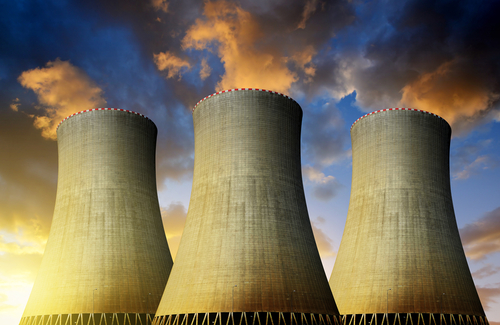US open to take back ‘spent fuel’ on nuclear power deployment
- July 19, 2024
- 0

The US government is open to formalizing an agreement to take back spent nuclear fuel that has been irradiated once fissioned or burnt in reactors for nuclear technologies that American suppliers will deploy in the Philippines.
In a report by Manila Bulletin, US Nuclear Regulatory Commission Chairman Christopher T. Hanson shared that such an agreement would most certainly have to be arranged between the two countries, with the possibility of it being included in the Philippines’ technology selection process.
Hanson further explained that in the US, almost 90,000 metric tons of spent nuclear fuel are safely managed at reactor sites and central storage facilities.
The US Nuclear Regulatory Commission Chairman added that there are determined procedures for licensing and inspection for spent nuclear fuel and they are more than willing to share those processes with the Philippines.
The nuclear reactor licensing process, which could span for up to a decade, comprises technology approval, construction, decommissioning, and waste management. Countries generally spend three to five years licensing a new reactor before it can be commercially deployed.
Meanwhile, small modular reactors (SMRs) might see their first commercial licenses issued by 2028 to 2030, with current developments in the US market leading the way.
Hanson emphasized that reactors already licensed in the US are willing to share their licensing procedures and analyses with the Philippines and other countries. He stressed the importance of collaboration between supplier countries and end-user markets to ensure nuclear technology safety.